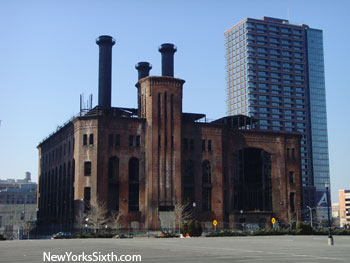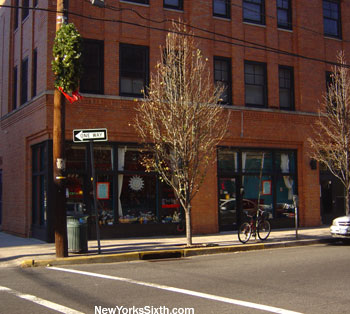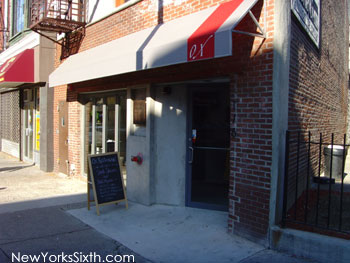By all accounts, the real estate boom is over. Even stalwart New York City markets can not holdout forever against the bloodletting across the country. Developers, fearing the oversupply of the late 1980's and early 1990's may have already thrown on the breaks to many new development projects. Outer borough markets in the region are already feeling the effects of hard to obtain credit and a grim economic forecast.
The most notable change is anecdotal evidence suggesting fewer new construction projects breaking ground, or delays in long planned projects. Delayed, canceled, or otherwise postponed projects include the Monaco / San Remo towers, the Metropolitan Tower, and the Metropolis Expansion project.
Yet demographic shifts are very different today than during the last housing glut two decades earlier. The migration out of urban centers is beginning to reverse course. The high crime, poor services, and lower quality of life that plagued cities of yesteryear have been all but forgotten. Indeed for many former suburbanites turned city dweller, the crime infested, trash filled streets of 1980's New York exists only as a Hollywood creation.
A million people are expected to move to New York City over the next decade. With rising energy prices, the exburbs are far less likely places to absorb over flowing populations, and people looking for more space or more affordable residences will certainly turn to transit accessible locations like Jersey City. The people are coming whether the building boom continues or not.
While buyers may temporarily be scarce, large scale projects require several years between ground breaking and resident move in. However, pent up demand after an economic slow down can cause a shortage as future developments ramp up production. Based on population growth projections, a slowing in construction means a housing shortage crisis is imminent.
So far, the toll on Jersey City's new projects is clear. At the beginning of 2008, the Monaco Towers project went before the planning board seeking a tax abatement amendment. The developers claimed that without the change, financing for the project could not be secured. The complex, originally envisioned as condos, was also shifted to rentals. The city denied the amended abatement, and the future of that 674 unit project is now entirely uncertain.
Meanwhile, the Metropolis Towers expansion project seems to be indefinitely on hold. Two existing towers sit on an oversized lot. In late 2006, a low rise connector building between the towers was demolished in preparation for a multiphase expansion that included a parking garage and two approved high rise residential towers with 420 units, as well as two future buildings. Nothing has happened on that site since then, and speculation is that financial troubles have prevented the project from going forward.
Another probably victim of the credit crisis is the Metropolitan Tower, an 809 unit building that would have served as the cornerstone to an eight tower redevelopment of the Metro Plaza strip mall. The project was originally supposed to break ground in 2007, but that was before the collapse of credit markets, and since then has otherwise disappeared.
Another project that seems to have evaporated is the Bates tower by Mushroom Development. This 129 unit project planned for the fringes of the gentrified downtown was originally suppose to break ground in the spring of 2007. Not even a construction fence has been erected around the property.
But its not simply condominium projects that are slowing down. Construction on Newport's Aqua rental tower seems to have slowed to a crawl. And another 950 units in the Columbus Towers project may be farther off than first expected. 70 and 90 Columbus seemed an inevitability after it was announced sister building 50 Columbus had been leased out in just few months. Yet around the site for 70 and 90 Columbus, a new, semi-permanent fence has recently been erected.
Still, there are a few projects that seemingly are bucking the trend having broken ground after the collapse of the credit market. 110 First Street, a rental building, seems to be moving forward, and Crystal Pointe, a condominium project will soon have a first floor. But these projects are a pittance to those planned just a year ago.
In the short term, its likely that a slow and steady stream of new residences will accommodate housing demands in the near future. But on a longer time line, demand will likely outstrip supply as the larger projects require greater lead time for completion, fueling another run up in housing costs.








